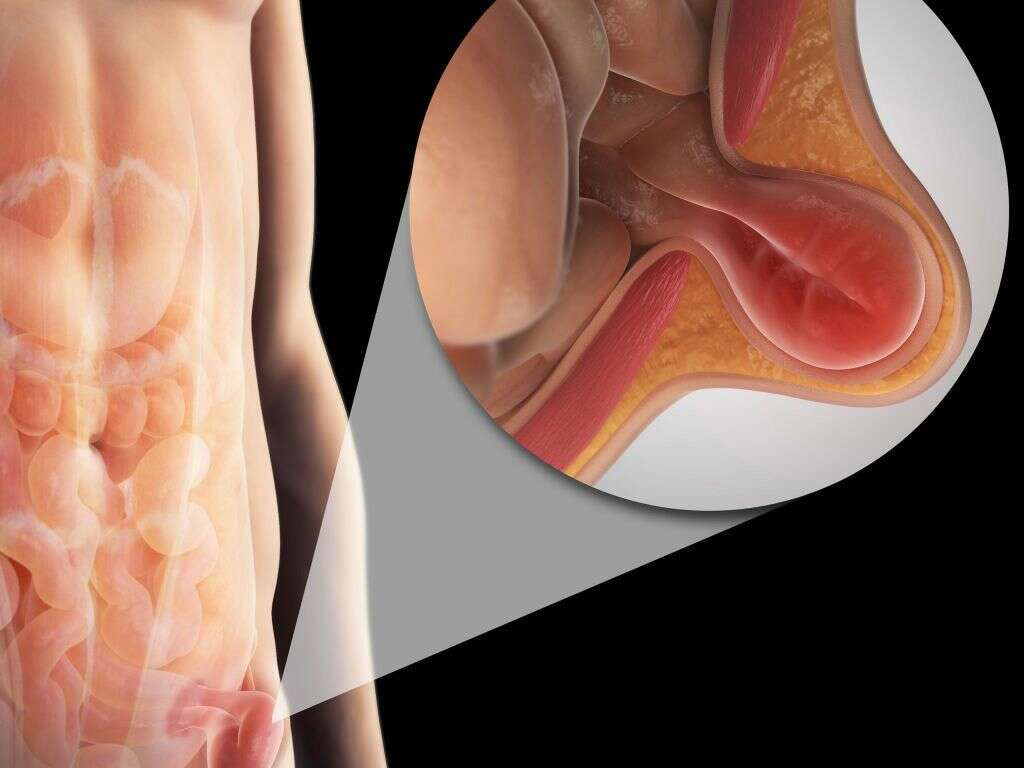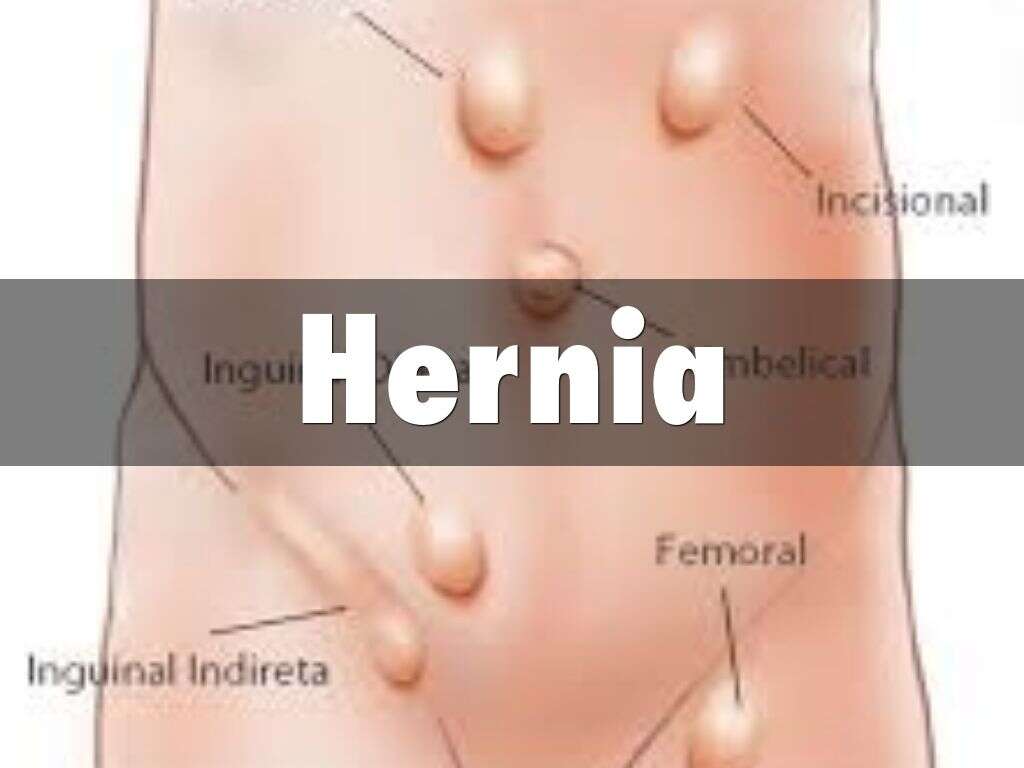What Is a Hiatal Hernia?
4. Paraesophageal hernias
According to the anatomical classification of hiatal hernias, hernias in type II, type III, and type IV are referred to, as a group, as paraesophageal hernias (next to the esophagus). These hiatal hernias are less common but are more cause for concern. Asymptomatic hernias can be safely observed; however, when a paraesophageal hernia becomes symptomatic, it usually requires repairs. Importantly, some paraesophageal hernias (PEH) are at a higher risk for complications, such as incarceration (i.e. stomach gets stuck in the hiatus resulting in obstruction) or ischemia (the blood supply is restricted).
In type II hiatal hernias, the stomach and the section of the esophagus that joins the stomach (gastroesophageal junction) remain in their normal position. However, a portion of the upper part of the stomach (fundus) slides up into the chest through the hiatus. In short, only a part of the stomach makes up the hiatal hernia and ends up in the thoracic cavity next to the esophagus. Furthermore, in type III hernias, both the gastroesophageal junction and the fundus slide through the hiatus, adjacent to the esophagus. Of PEH, more than 90 percent are Type III. Finally, type IV hiatal hernias are characterized by the herniation of an abdominal structure (other than the stomach), such as the colon, or small bowel.
Advertisement











